If you sneeze and cough at certain times of the year, you may develop seasonal allergies. However, occasional allergies are not something you have to endure. An allergy can pinpoint the cause and help you find relief.
Common causes of seasonal allergies
In many parts of the United States, spring allergies start in February and continue into early summer. Tree pollination begins as early as one year, followed by grass pollination in spring and late summer, and ragweed pollination in late summer and autumn. However, in tropical climates, grasses may be pollinated for most of the year. Mild temperatures in winter may cause early pollination of plants. Rainy spring can also promote the rapid growth of plants and lead to an increase in mold, causing symptoms to continue into autumn.
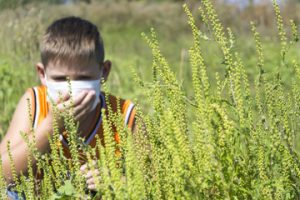
The most common culprit for autumn allergies is ragweed, which can grow almost anywhere, especially on the East Coast and Midwest. Ragweed blooms and releases pollen from August to November.
Other plants that cause autumn allergies include:
- Burning bush.
- Celosia.
- Sage and mugwort.
- Tumbleweed and Russian Thistle.
Although the timing and severity of allergy seasons vary across the country, the following climatic factors can also affect how severe your symptoms are:
- The pollen of trees, grasses, and ragweed thrive on cool nights and warm days.
- Mold will grow rapidly under high temperature and high humidity.
- Pollen levels tend to peak in the morning.
- On a windless day, allergens in the air will be grounded.
- When the weather is windy and warm, the number of pollen will surge.
Switching to another climate to avoid allergies is usually unsuccessful-allergens are almost everywhere.
Work with an allergist to develop strategies to avoid triggers:
- Monitor pollen and mold counts. Newspapers and weather forecasts on radio and television usually include this information during allergy seasons.
- In the allergy season, close doors and windows at home and in the car.
- To avoid pollen, find out which pollen you are sensitive to, and then check the pollen count. In spring and summer, in the tree and grass pollen season, the level is highest in the evening. In late summer and early autumn, ragweed pollen season, the highest level in the morning.
- Take a shower, wash your hair, and change clothes after working or playing outdoors.
- Use ALORAIR Sentinel HD55 dehumidifier to reduce indoor humidity. Mold grows under high humidity. Controlling indoor humidity can inhibit the growth of mold.
- Use ALORAIR Cleanshield HEPA 550 air scrubber to clean indoor air. The device can remove pet dander, mold spores, and plant spores. The device is equipped with a stack filter and an activated carbon filter, so that it can even suck and capture the smallest particles, making your house free of particles.
Seasonally related triggers
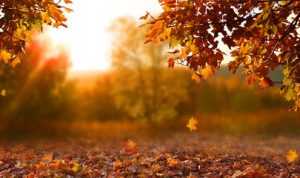
Although the term “seasonal allergy” usually refers to grass, pollen, and mold. For people who are sensitive to mold and ragweed pollen, autumn is especially difficult. However, these seasonal factors are not the only cause of worsening symptoms at this time of year. There are also lesser-known triggers:
Disgusting leaves-some people may find it difficult to keep up with raking leaves throughout the fall. But for allergy sufferers, the rake brings its own problems. It can agitate the agitating pollen and mold in the air, causing allergies and asthma symptoms. People with allergies should wear N95 masks when raking leaves, cutting grass, and gardening.

School allergens-It’s not just seasonal pollen and mold that cause seasonal allergies at this time of year. Children are often exposed to classroom irritants and allergy triggers, including chalk dust and classroom pets. Students with food allergies may also be exposed to allergens in the lunchroom. Children with exercise-induced bronchoconstriction may be attacked during breaks or physical education classes.
Regardless of the season, for those who think they may have allergies or asthma, it is important to find something that helps you to slow down or even avoid these symptoms. Correctly identifying and treating your allergies will help you and your family have a happy season.







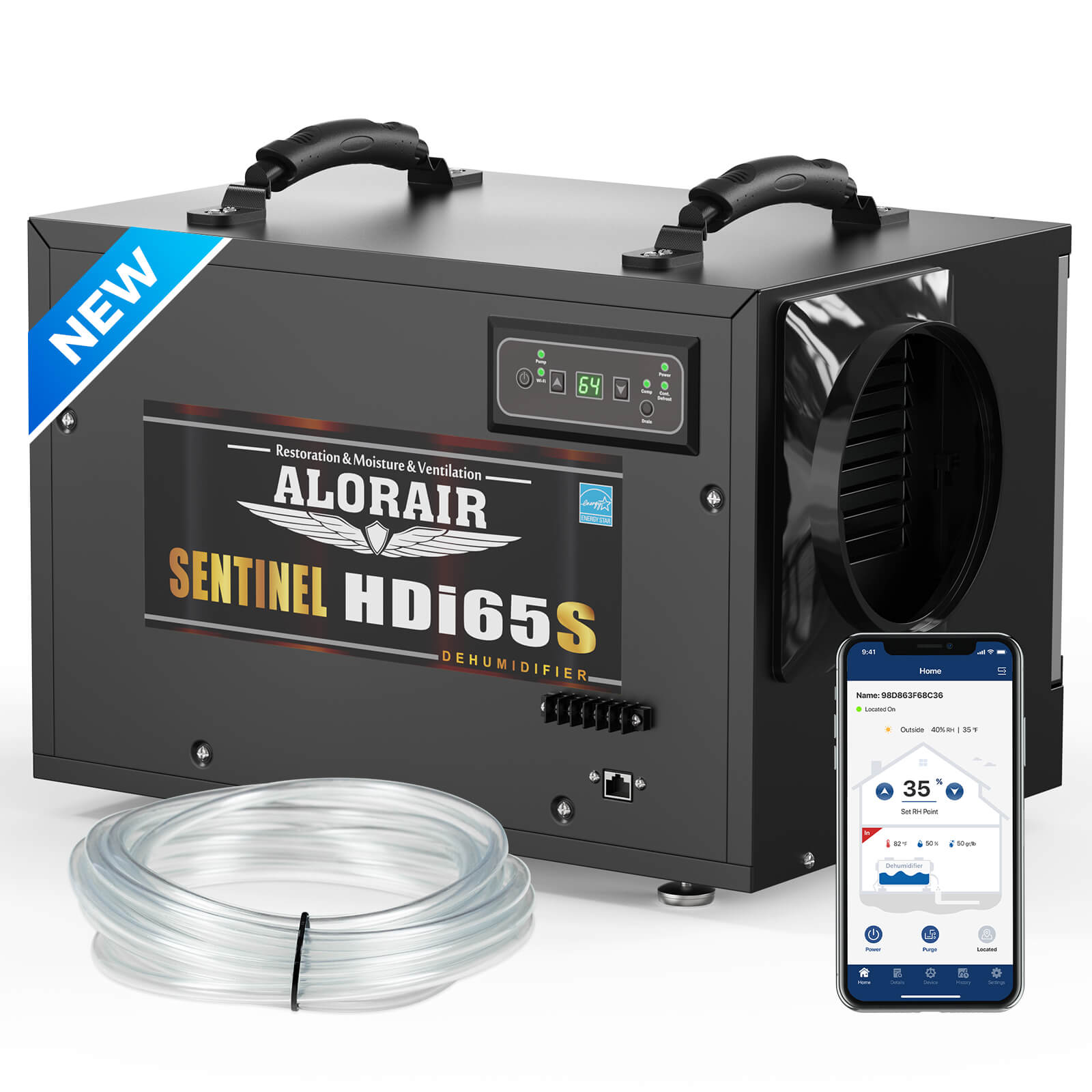
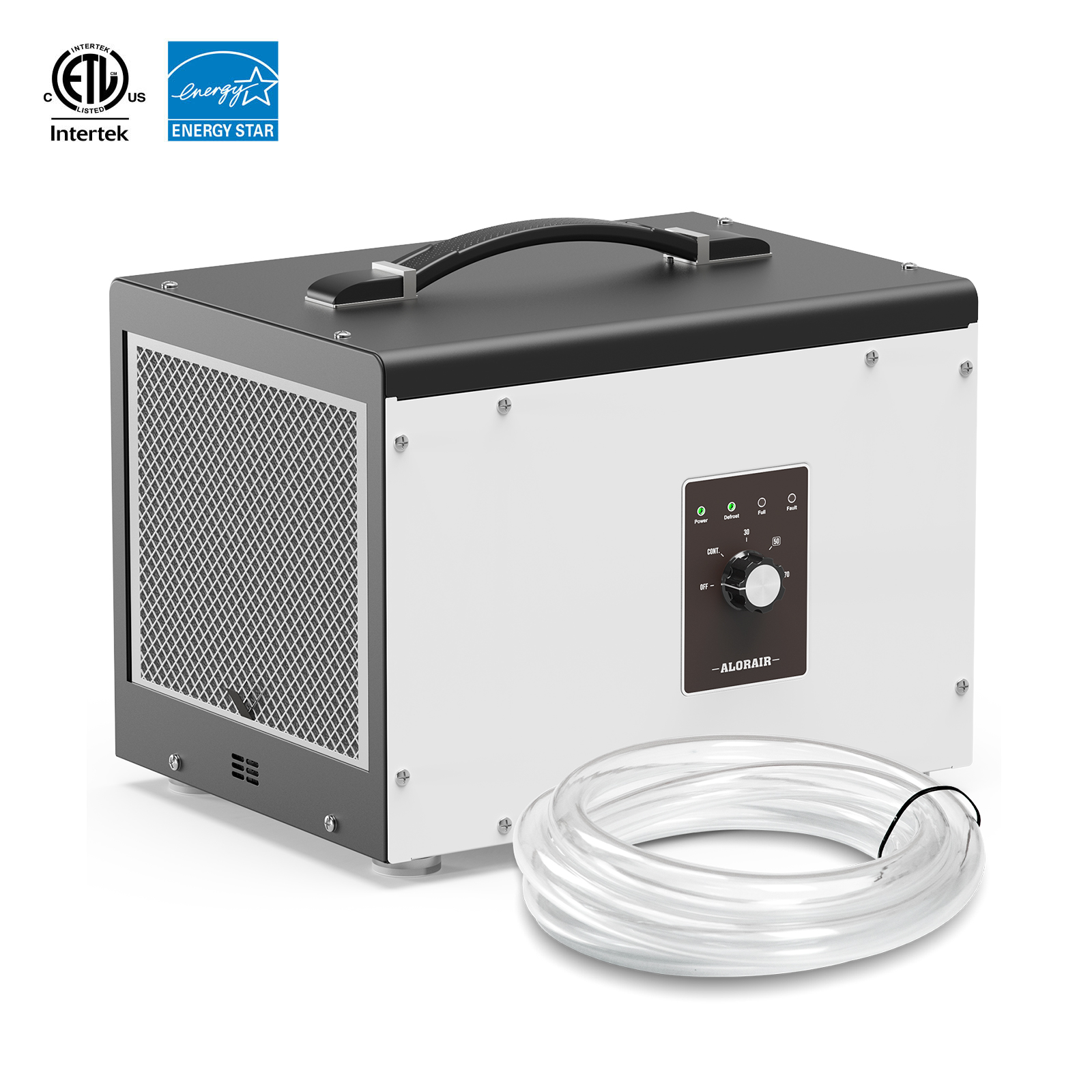
.jpg)
.jpg)

.jpg)
.jpg)
.HDi90.png)
.HD90.png)



.jpg)
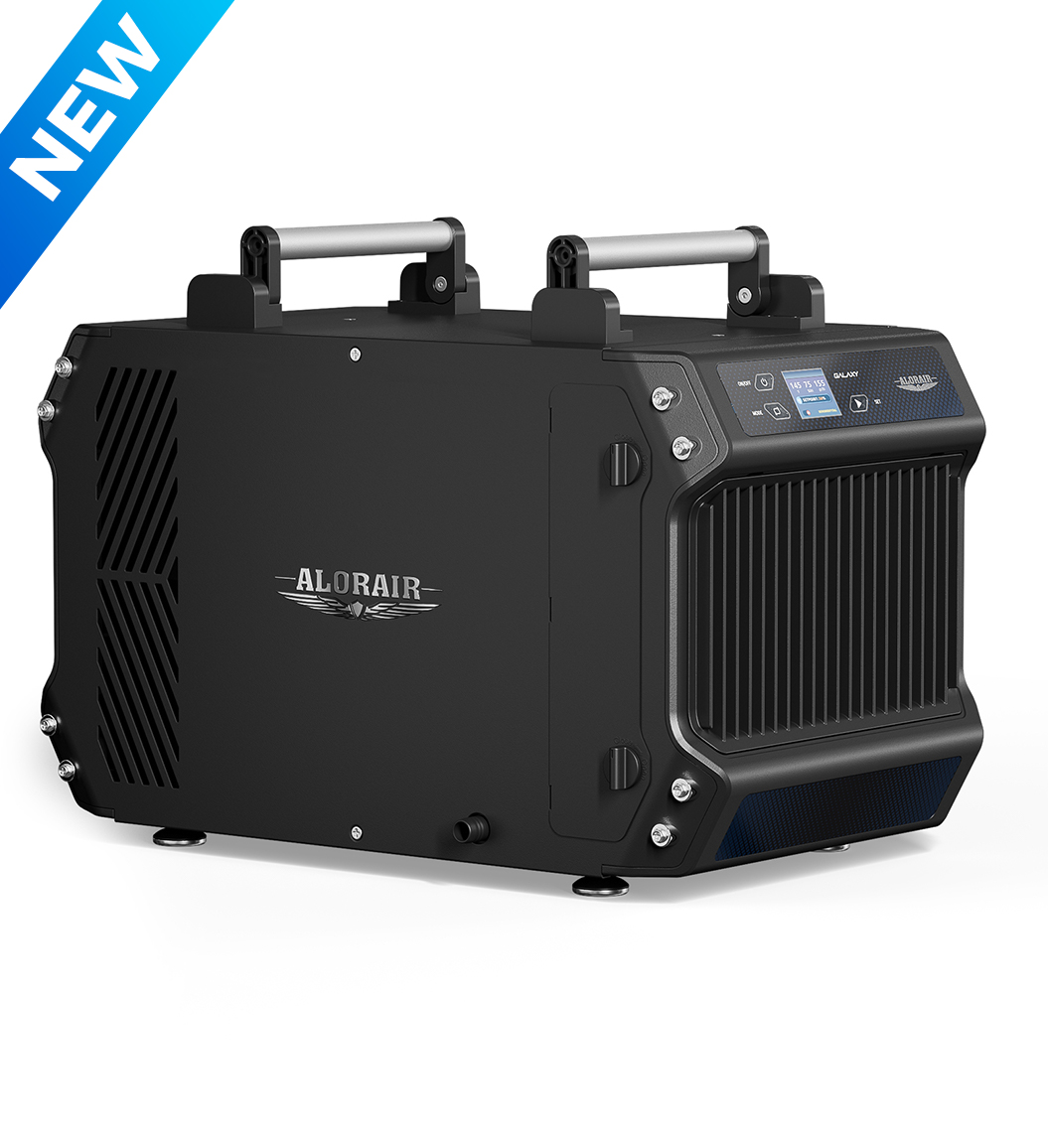
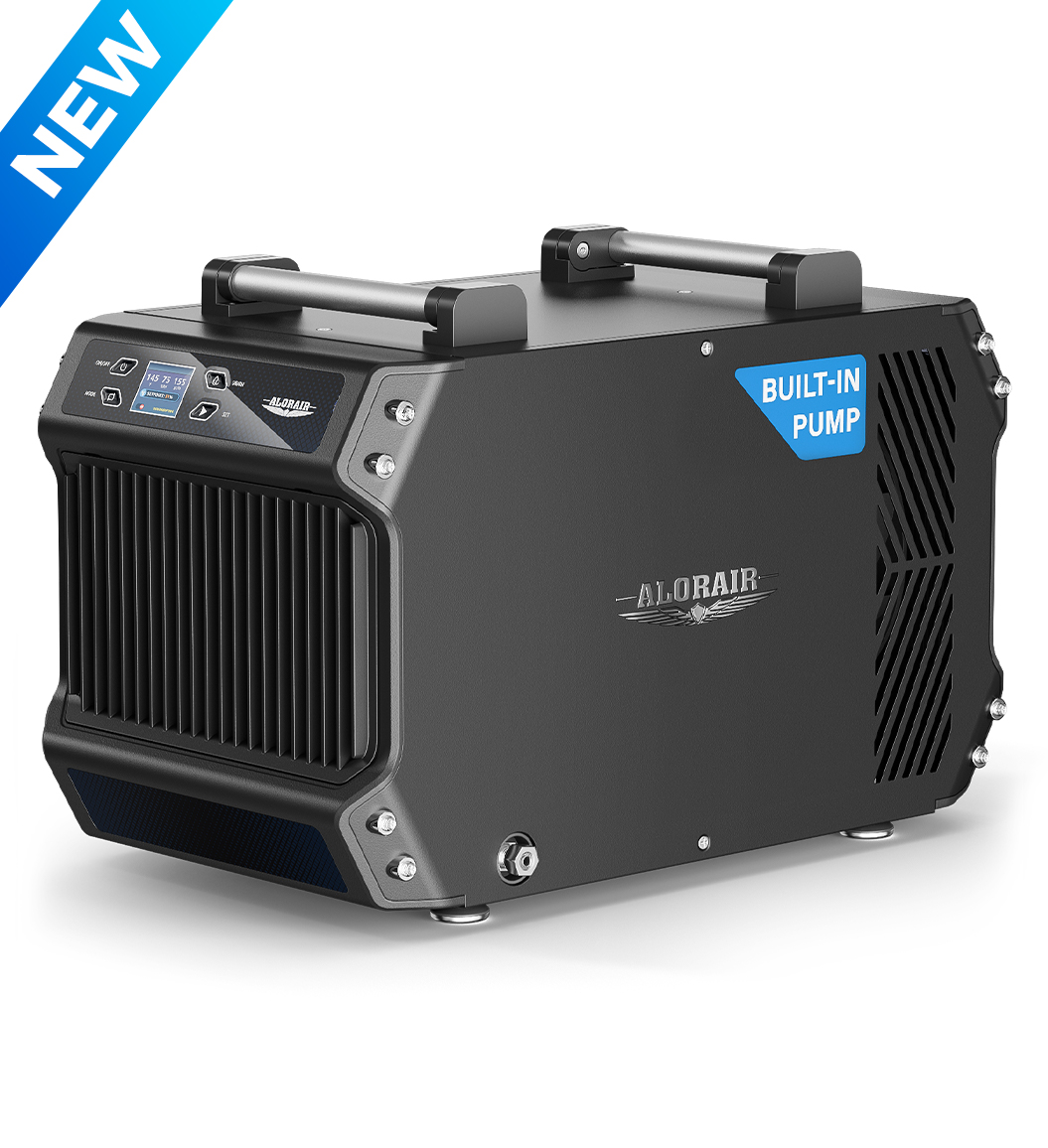




.jpg)
.jpg)
.jpg)
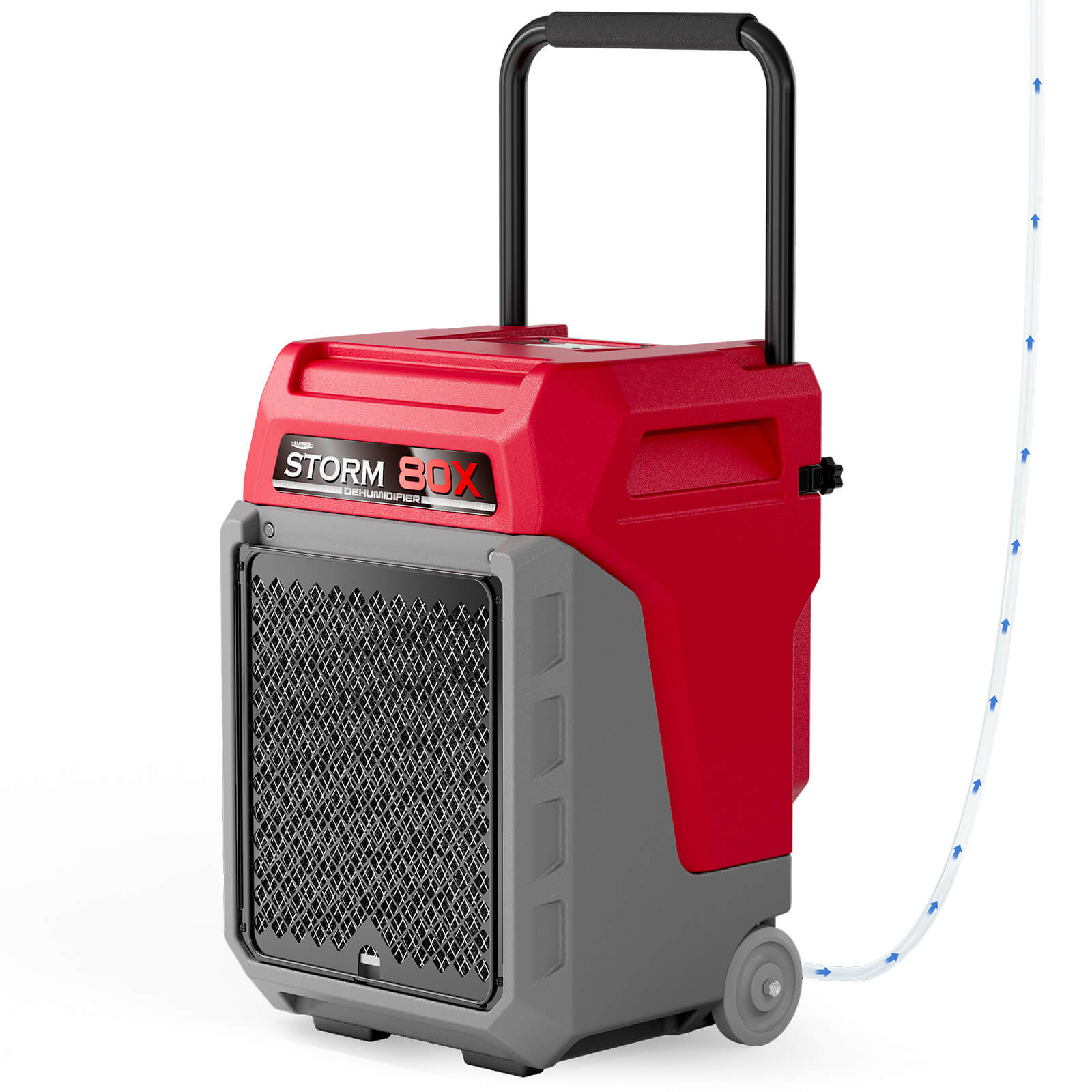


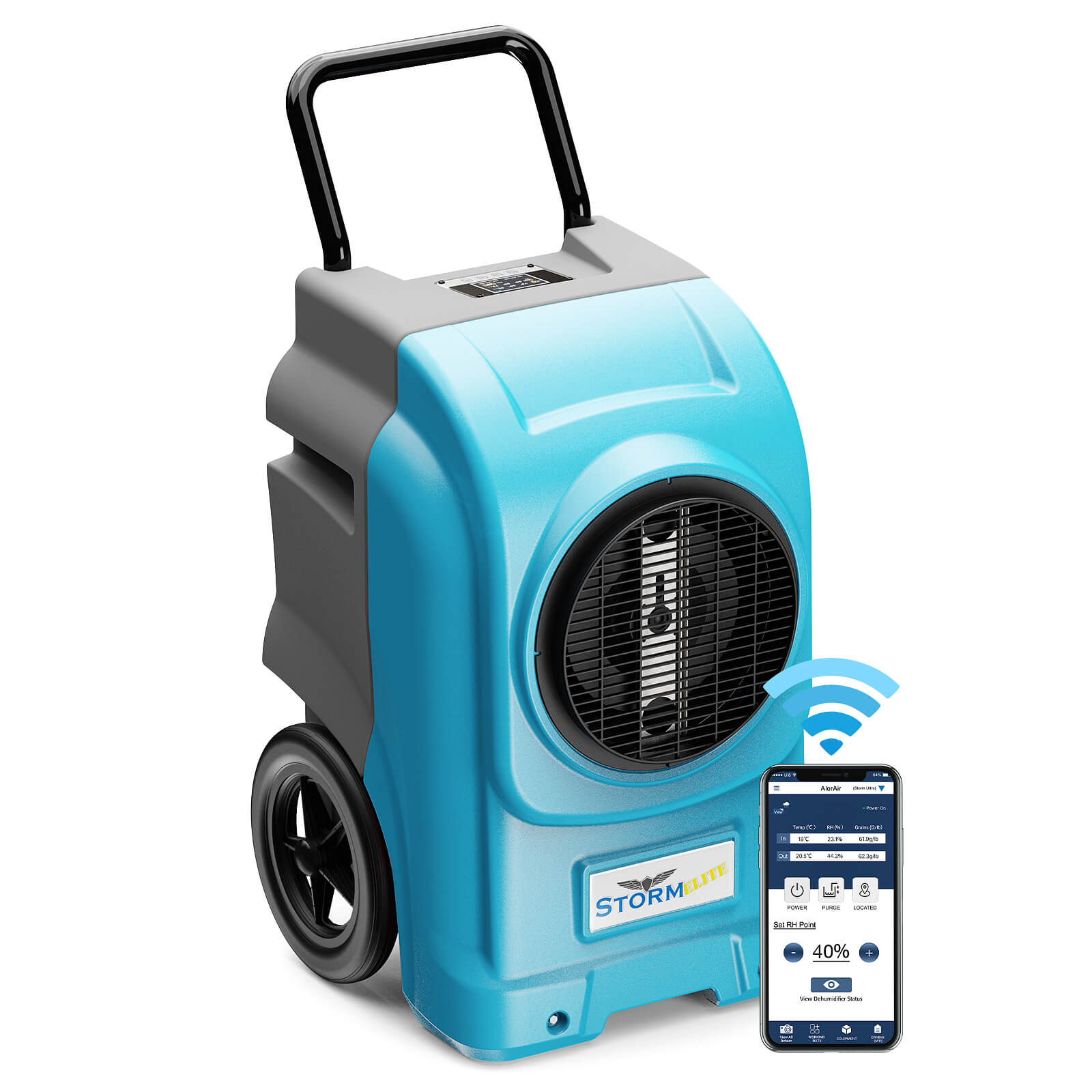

.jpg)
.jpg)
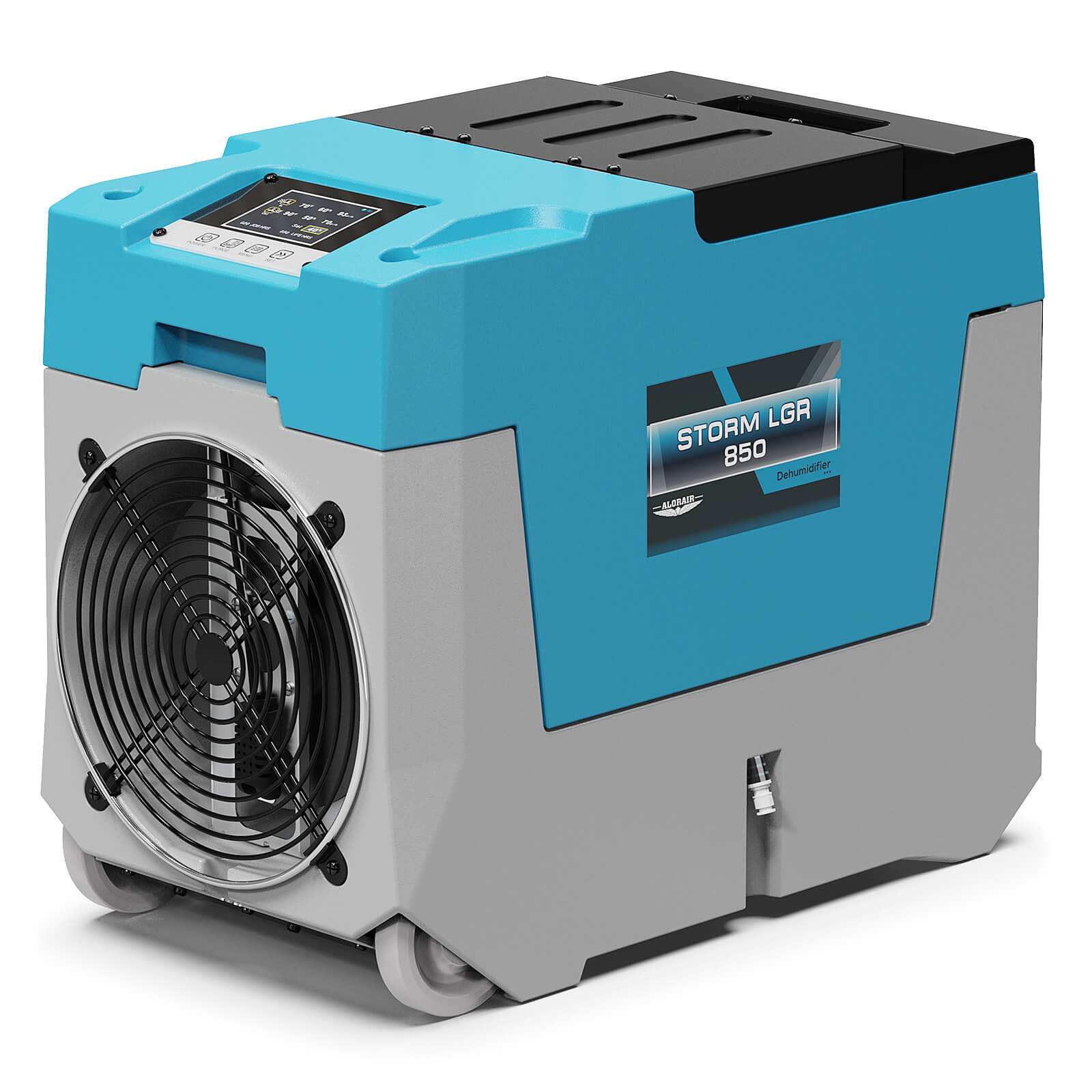

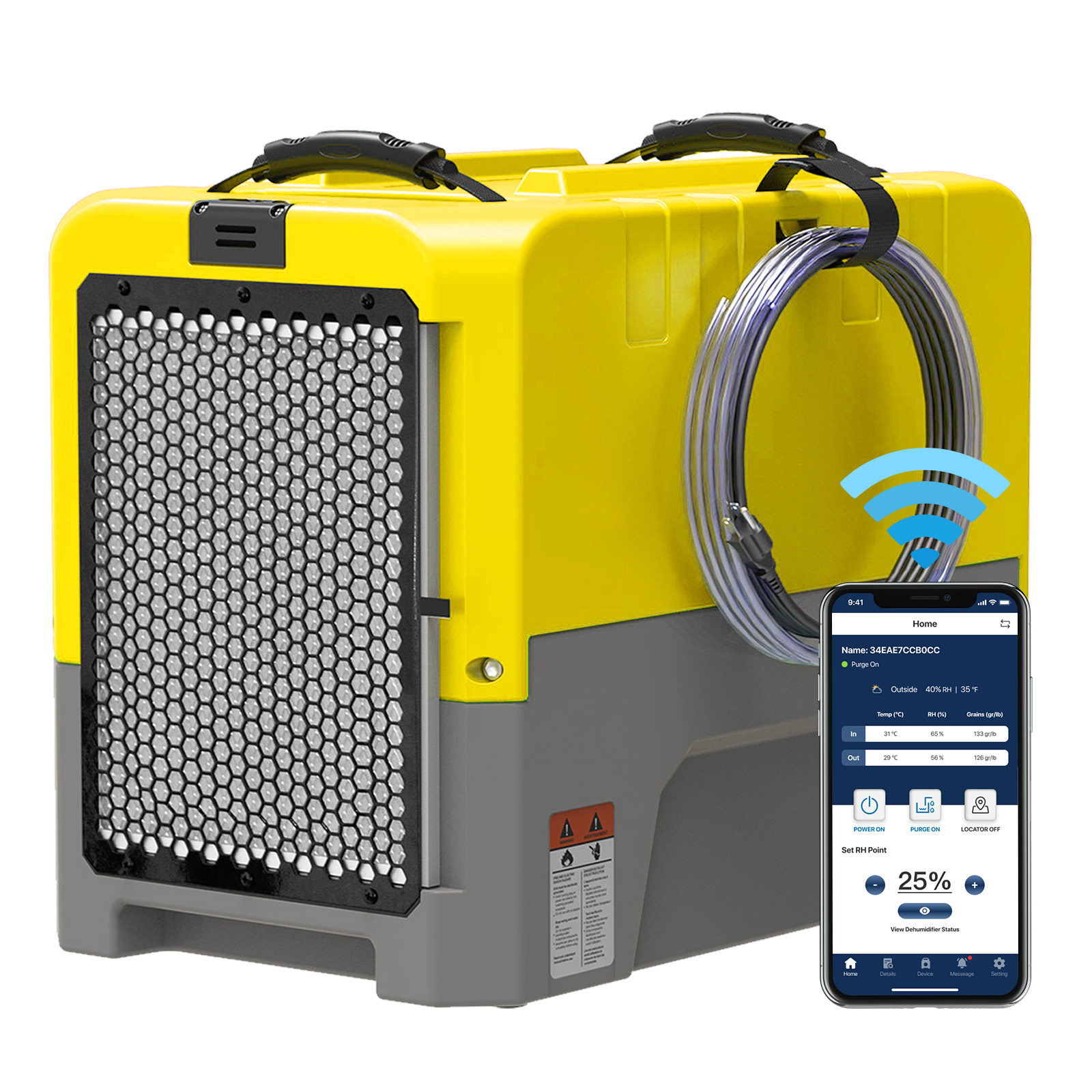








.jpg)
.jpg)








.jpg)
.jpg)










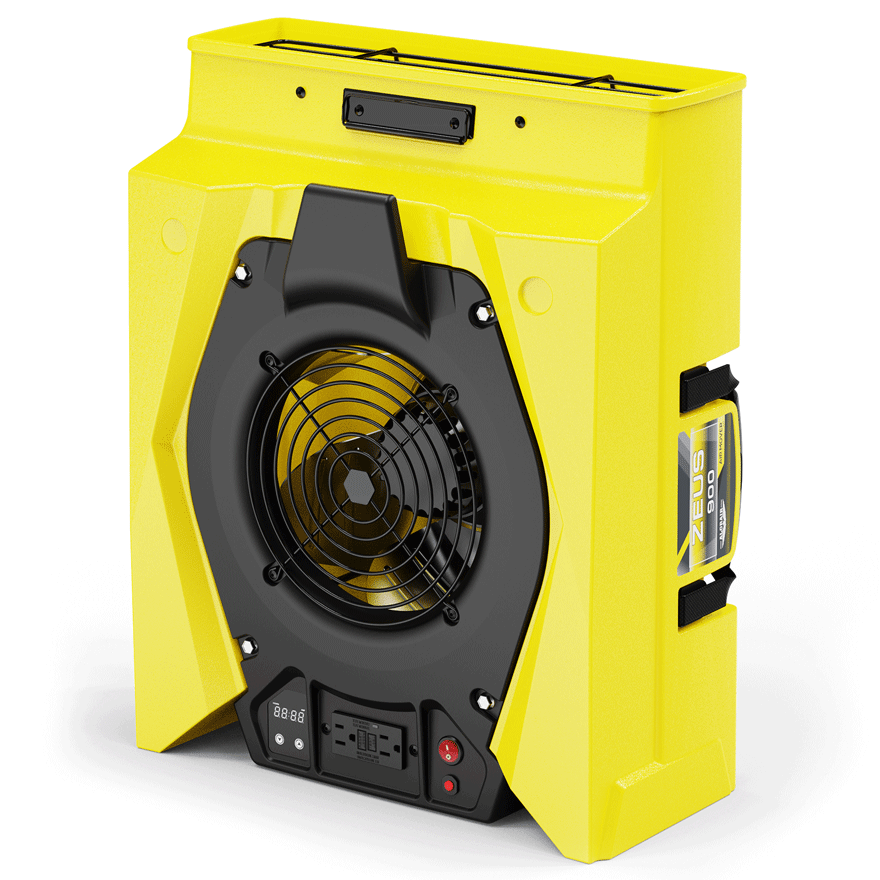
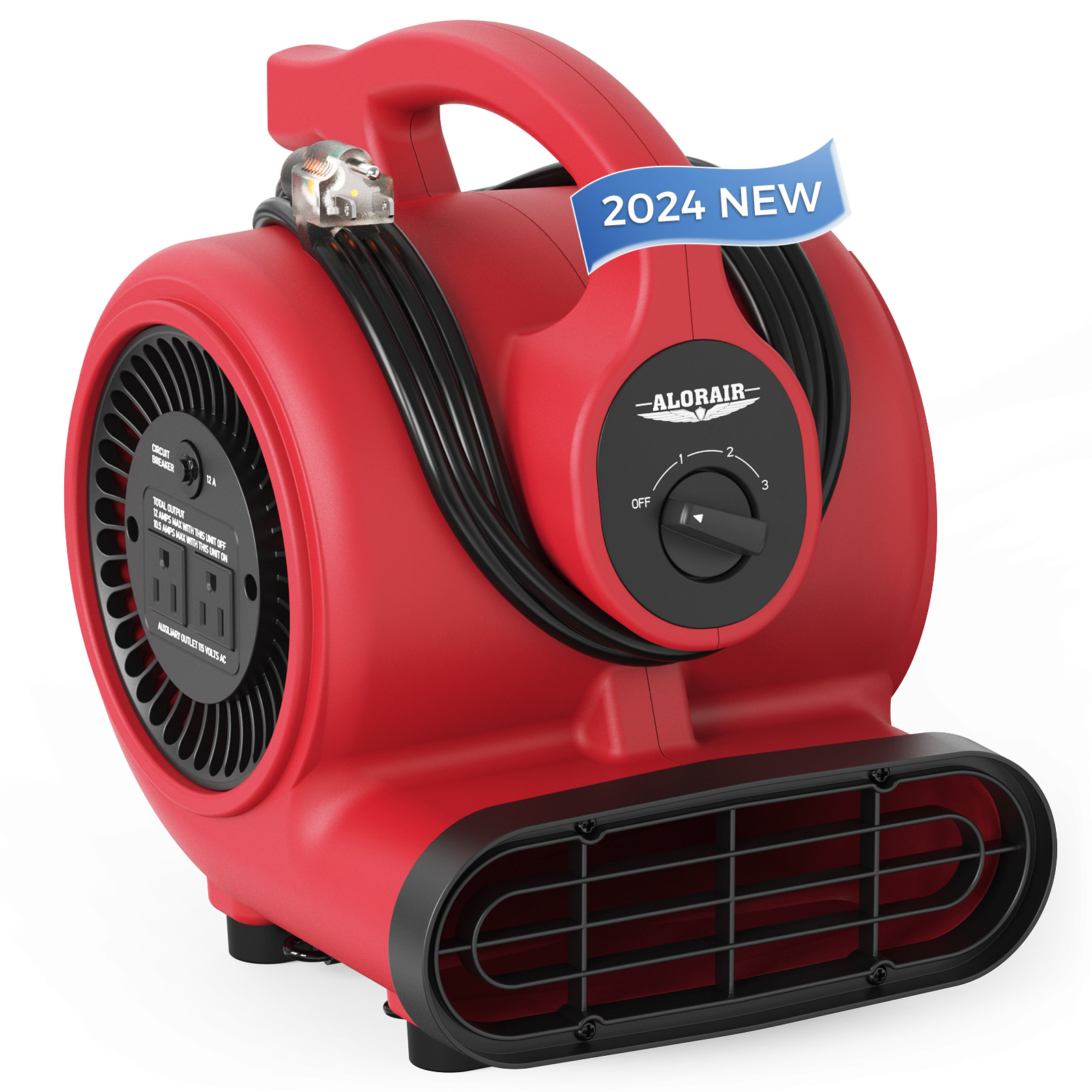
.jpg)
.jpg)
.jpg)
.jpg)
.jpg)
.jpg)
.jpg)
.jpg)
.jpg)
.jpg)
.jpg)
.jpg)
.jpg)
.jpg)





.jpg)
.jpg)
















-.jpg)
.jpg)

.jpg)
.jpg)



























 Exclusive offers
promotions
Exclusive offers
promotions

